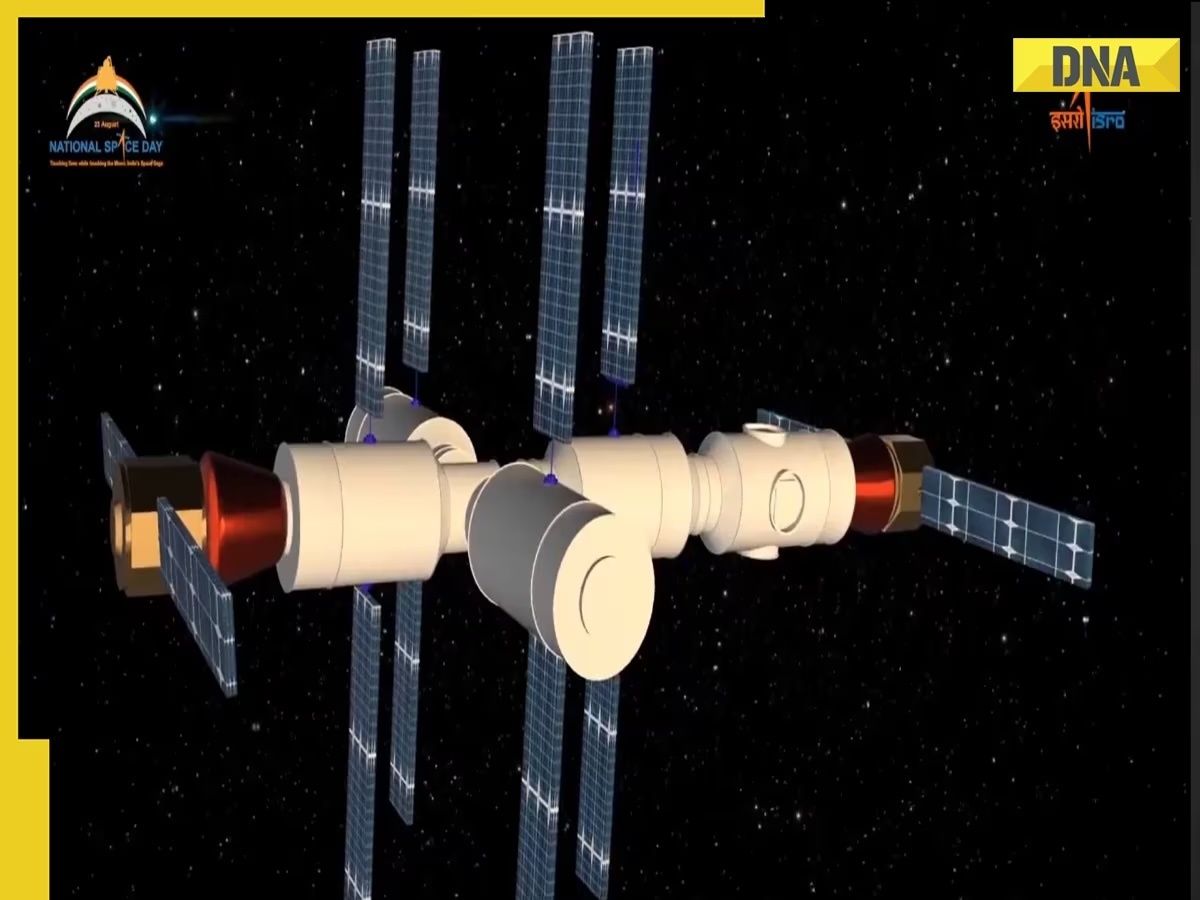23.09.2024

India is planning to launch its space station, Bharatiya Antariksh Station, by 2035 and the Union government recently cleared the proposal for the same. The design modules currently awaiting approval will see the Indian Space Research Organisation (ISRO) putting up a space station through multiple launches with available launch capabilities.
Speaking exclusively to CNN-News18, ISRO Chairman Dr S Somanath said once the space station is built, the agency plans to keep the mission robotic in nature for the initial phase before Indian astronauts call it their base.
“We are planning it’ll be more robotic in nature because most of the work is done by robots now. Once we get that, which is a unique environment of micro-gravities, we can send experiments out there and bring them back. We are proceeding in such a manner that the first phase will be robotic. After that, we will have a regular mission with astronauts,” said the ISRO chief.
India also plans to have a Venus orbiter mission by 2028. Although India has successfully completed a Mars orbiter mission, Venus is a different ball-game. The planet, which has an atmospheric pressure higher than other planets, has a thick cloud around it.
“Venus has a different atmosphere and different scientific goals than Mars. It’s a rarefied atmosphere on Mars, whereas it’s a thick atmosphere on Venus. Probing that atmosphere is not easy and no one till now has seen the surface of Venus because it has such a thick cloud around it along with pressure. So, our goal is to put a satellite around the orbit, send a probe into the atmosphere, and carry out measurements,” said Somanath.
India will get only one shot at Venus in 2028 when the planet comes closer to Earth before it once again goes to the other side of the Sun and can’t be reached.
‘BOEING STARLINER INCIDENT WON’T IMPACT GAGANYAAN’
The Boeing Starliner episode, which has left two astronauts stranded at the International Space Station, has had no impact on India’s Gaganyaan plans, the chief said, adding however that the space agency is cautious. But what has slightly stretched the timelines of the Gaganyaan mission is ISRO’s preference for indigenous technology and manufacturing for Gaganyaan, which makes the project cost-effective as well.
“Gaganyaan is going as planned but there is some delay, primarily because of the technology complexity. We were expecting certain procurement from outside which did not happen. Certain manufacturing that was supposed to happen didn’t happen. So, everything has to be done in India now. HAL is the partner and building the crew module that we earlier thought we could get from Europe. Similarly, the environmental control and life support system we were planning to get from some other country also didn’t happen so we are building it in India. So, everything needs to be done in India now. All this took a little more time than expected. We are looking at how to launch an unmanned mission later this year. Based on the results, we will have two subsequent missions in 2025,” said Somanath.
Whether it is Chandrayaan-4, building the Bharatiya Antariksh Station or a New Generation Launch Vehicle (NGLV), all the missions will act as capacity building for India’s manned mission to the Lunar surface in 2040 and building a permanent habitat on Moon after that. Current launch vehicles have a carrying capacity of 10 tonnes which will be increased to 30 tonnes by NGLV. “We want to accomplish the mission of an Indian on the lunar surface by 2040. For that, we have to prepare and many capabilities have to be achieved,” said the ISRO chief.
Quelle: CNN-News18
